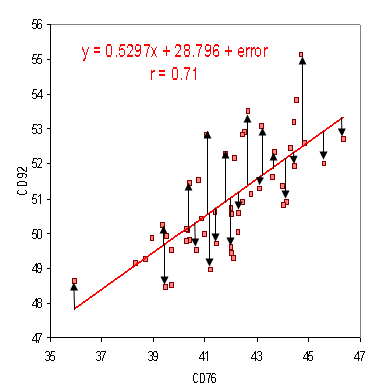Content

Conversely, when there are many interchangeable items, cost formulas – first-in, first-out or weighted-average cost – may be used. Techniques for measuring the cost of inventories, such as the standard cost method or the retail method, may be used for convenience if the results approximate cost. As you can see, using the LIFO method for inventory valuation and accounting lowers your return profit. An explanatory paragraph would be required only if the cumulative effect of the change is material or if management discloses that it believes that the effect is or may be material in the year of adoption. The FIFO cost method works oppositely to LIFO and evaluates the COGS across accounting periods by assuming that the oldest inventory is the first out the door in terms of sales. This first-out method means that the lower cost of older items will determine a company’s net income on the balance sheet.
But the IRS does allow businesses to use LIFO accounting, requiring an application, on Form 970. LIFO Methods Of Inventory Cost AccountingLIFO is one accounting method for inventory valuation on the balance sheet. LIFO accounting means inventory https://business-accounting.net/ acquired at last would be used up or sold first. In essence, the primary reason for using LIFO is to defer the payment of income taxes in an inflationary environment. Despite this, LIFO accounting is not recommended, for several reasons.
Inventory Valuation
Net realisable value is the estimated selling price in the ordinary course of business less the estimated costs necessary to make the sale. Under US GAAP, inventories are measured at the lower of cost, market value, or net realisable value depending upon the inventory method used. Market value is defined as current replacement cost subject to an upper limit of net realizable value and a lower limit of net realizable value less a normal profit margin. Reversals of previous write-downs are permissible under IFRS but not under US GAAP. The decision to use LIFO vs. FIFO is complicated, and each business situation is different.
Otherwise, depending on your product, you can figure out if the FIFO or LIFO method is best for you. Why are some of the major differences between IGAAP and U.S. Would an analyst consider ending inventory asset value more useful if computed using LIFO or FIFO?
Scope of onerous contracts requirements is broader under IFRS Standards than US GAAP
So suppose that the company gets orders of 150 units after producing the 3rd batch of 100 units. It means that whenever the inventory is reported as sold , its cost will equal the cost of the latest inventory added to the stock. It means that whenever the inventory is reported as sold , its cost will be equal to the cost of the oldest inventory present in the stock.
- Unless specifically exempted as “not ordinarily interchangeable for goods and services produced,” all inventory must be accounted for using the FIFO or weighted-average cost method.
- LIFO allows companies to use additional cash upfront from their lower tax bills to invest in their businesses.
- Obviously, there may be times when prices change, such as with inflation and deflation.
- Reversals of previous write-downs are permissible under IFRS but not under US GAAP.
If your business decides to change from FIFO to LIFO, you must file an application to use LIFO by sending Form 970 to the IRS. If you filed your business tax return Does U.S. GAAP prefer FIFO or LIFO accounting? for the year when you want to use LIFO, you can make the election by filing an amended tax return within 12 months of the date you filed the original return.
Definitions of FIFO and LIFO
These reversals must be recognized in the period in which they occur and are limited to the amount of the original write-down. While companies in the United States operate under the generally accepted accounting principles , most other countries use the International Financial Reporting Standards . There are many differences between both systems, particularly in how they treat inventory accounting.












